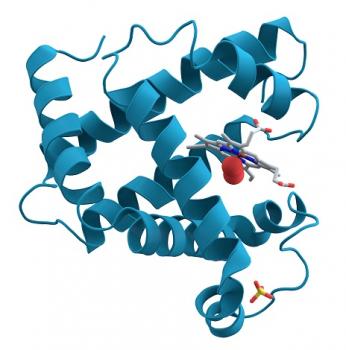Biological Chemistry is the examination of the chemical processes within biological systems. It focuses on evaluating the biological signaling and flow of chemical energy through the process of metabolism within living organisms. Although, Biological Chemistry has typically been focused at explaining the living process, it today focuses mostly on understanding how individual biological molecules, along with their interactions contribute to the complexity of a whole organism. Although, Biological Chemistry is a discipline of Chemistry, it also draws on concepts from General and Molecular Biology.
Biological Chemistry largely focuses on the study of the properties and interactions of biological macromolecules which include, but are not limited to proteins, DNA, lipids and carbohydrates. The main focus is on these macromolecules because they intrinsically give or react to give the functions associated with life. Although the focus is on these macromolecules, an examination of their constituents, such as their amino acids, nucleotides, triglycerides and saccharides respectively, is also necessary. Thus, understanding processes which synthesize these larger macromolecules are extremely crucial – processes which include the citric acid cycle, beta-oxidation and DNA replication.
Since, these macromolecules form the basis of life, the applicability of Biological Chemistry extends mainly into the fields of medicine and pharmacology. Thus, studying biological chemistry is a crucial component of understanding and predicting the different chemical processes within biological systems.
© BrainMass Inc. brainmass.com June 30, 2024, 10:07 am ad1c9bdddf
